Natural Europe: natural heritage and educational pathways
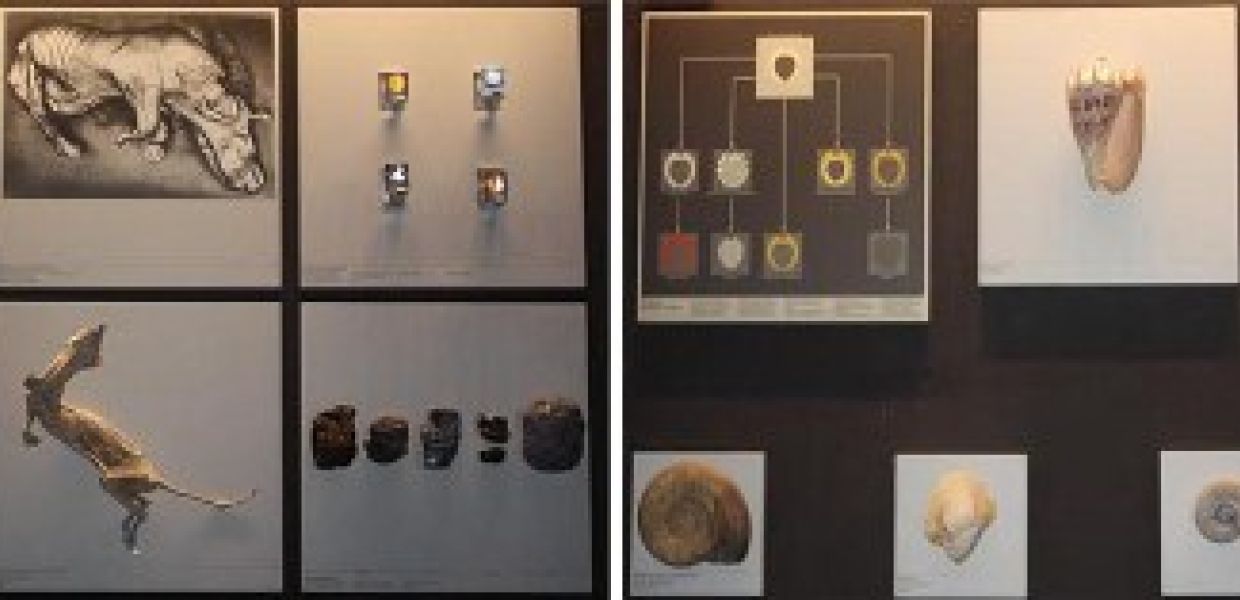
In today's guest post, the Natural Europe project tells how they're working with schools and museums to bring digital collections about natural history to life and to create new tools for exploring it.
Natural Europe is a project co-funded by the European Commission under the ICT-PSP programme (2010-2013) and co-ordinated by the Greek Research and Technology Network (GRNET), Greece.
Natural Europe works with Natural History Museums (NHMs) to facilitate access to a large amount of natural history and environmental collections and to highlight their educational value. The Natural Europe digital libraries aim to facilitate storage, search and retrieval of digital content that is related to natural history. Natural Europe offers the tools that will allow museums to continuously manage and publish their digital collections online and will allow museum educators to design innovative online pathways through the museums’ digital collections. Visitors will use the educational pathways to navigate both physically and virtually through NHM exhibitions, connecting them with the school curriculum.
Natural Europe works with NHMs to make their digital collections available online through the Europeana portal. Both Natural Europe pathway’s website and Europeana’s portal provide access to 9,880 natural history digital resources.

Figure 1
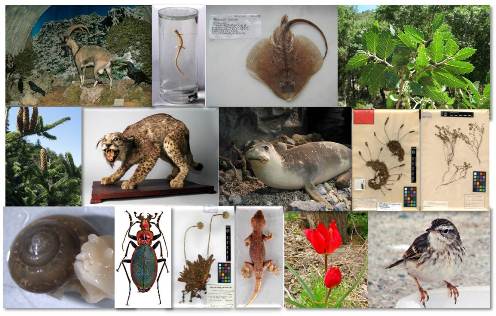
Figure 2
Natural Europe is creating meaningful educational experiences within the museums through learning pathways.
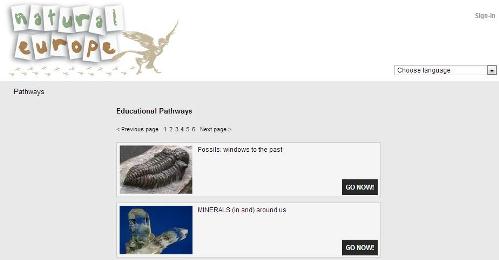
Figure 3
To train school teachers and museum educators to use the technologies deployed by the project, Natural Europe organises targeted events and workshops. Three workshops took place in the Hungarian Natural History Museum last October. In addition, a Hungarian Natural History Museum representative presented the project and its methodology at a workshop, held on 15 November, during the Environmental Education and the Museum conference.
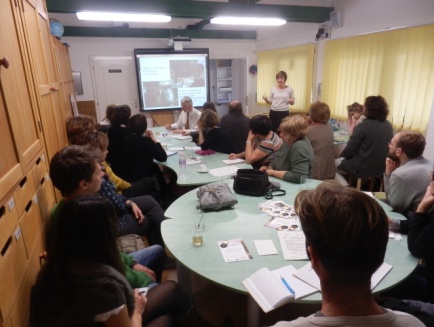
Figure 4
Natural Europe schools and workshops give participants the chance be creative, develop their own ideas for exercises and learn how to use the project’s tools. About 25 new educational pathways were created by teachers and museum educators during the Educators Summer School 2012. Its aim was to bring together science teachers, teacher trainers, museum educators/museum staff and science communicators.
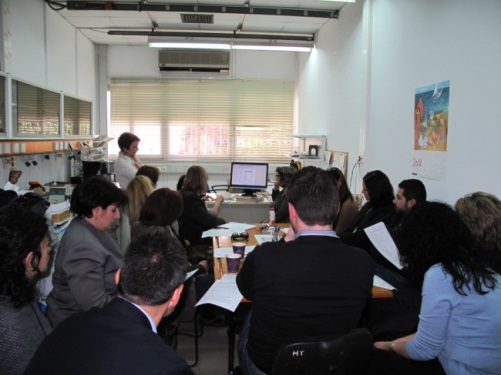
Figure 5
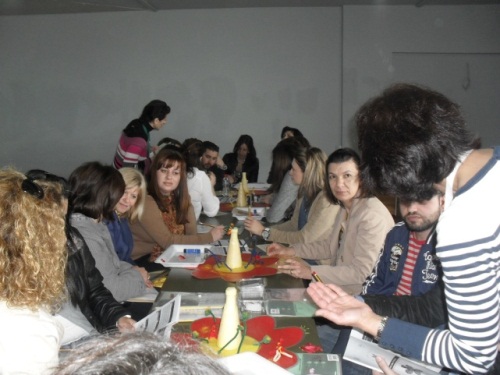
Figure 6
The project’s next summer school is taking place in June/July in Crete, Greece (30 June 2013 - 5 July 2013). The course focusses on learning design and the use of educational resources.
A very interesting winter school on design of learning material is to be held next January/February in Vilnius, Lithuania (28 January 2013 - 01 February 2013).
Museum exhibitions will be made richer through the use of interactive installations deployed by Natural Europe. Their natural history content will be displayed in different ways, allowing for its full exploitation on the museum floor.
Anyone interested can join the project’s Affiliated Partnership Programme and become part of the community of users and experts. Natural Europe shares its project news and partners’ experiences on Facebook, Twitter and Flickr.
Credits
Figure 1: Natural Europe, Jura - Museum Eichstatt, CC-BY-NC-SA
Figure 2: Natural Europe, National Museum Of Natural History, University Of Lisbon, CC-BY-NC-ND
Figure 3: Natural Europe, National Museum Of Natural History, University Of Lisbon, CC-BY-NC-ND
Natural Europe, Eotvos Museum of Natural History, Budapest, Hungary, CC-BY-NC-ND
Figure 4: Natural Europe, Hungarian Natural History Museum, CC-BY-NC-ND
Figure 5: Natural Europe, Natural History Museum of Crete, University of Crete, CC-BY-NC-ND
Figure 6: Natural Europe, Natural History Museum of Crete, University of Crete, CC-BY-NC-ND
